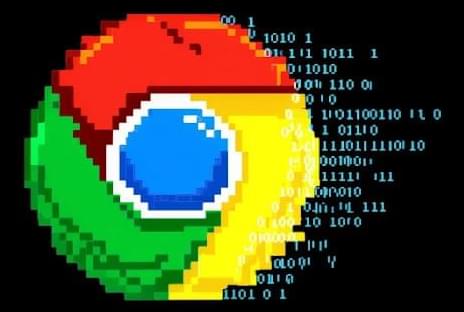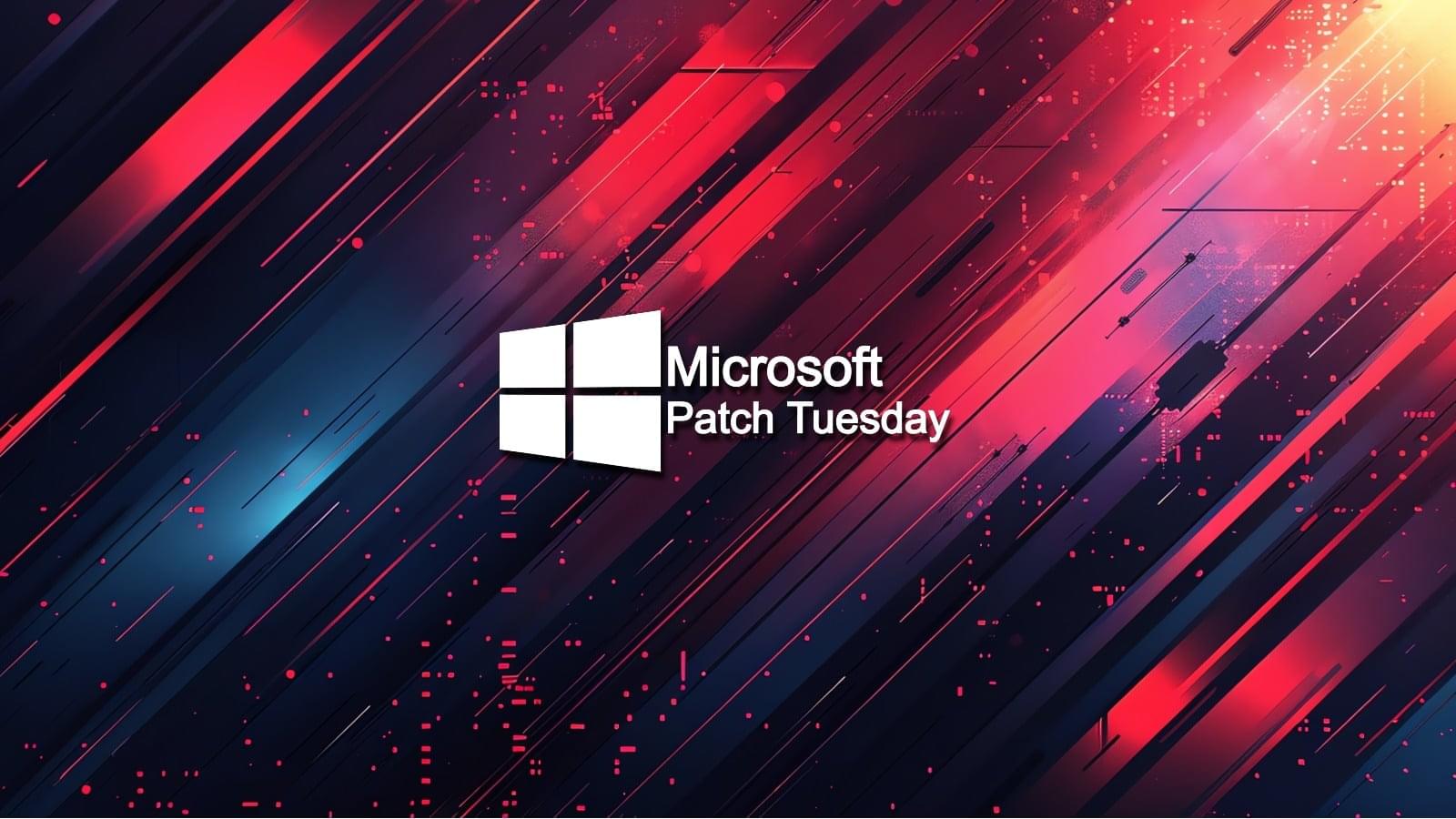Google issues a Chrome update to fix actively exploited issue 466192044 and other confirmed 2025 security flaws.



SAP has released its December security updates addressing 14 vulnerabilities across a range of products, including three critical-severity flaws.
The most severe (CVSS score: 9.9) of all the issues is CVE-2025–42880, a code injection problem impacting SAP Solution Manager ST 720.
“Due to missing input sanitation, SAP Solution Manager allows an authenticated attacker to insert malicious code when calling a remote-enabled function module,” reads the flaw’s description.

Microsoft releases Windows 10 KB5071546 extended security update.
https://www.bleepingcomputer.com/news/microsoft/microsoft-re…ty-update/
#
Microsoft’s December 2025 Patch Tuesday fixes 57 flaws, including one actively exploited and two publicly disclosed zero-day vulnerabilities.
Picus Security explains why relying on LLM-generated attack scripts is risky and how an agentic approach maps real threat intel to safe, validated TTPs. Their breakdown shows how teams can turn headline threats into reliable defense checks without unsafe automation.

Google is introducing in the Chrome browser a new defense layer called ‘User Alignment Critic’ to protect upcoming agentic AI browsing features powered by Gemini.
Agentic browsing is an emerging mode in which an AI agent is configured to autonomously perform for the user multi-step tasks on the web, including navigating sites, reading their content, clicking buttons, filling forms, and carrying out a sequence of actions.
User Alignment Critic is a separate LLM model isolated from untrusted content that acts as a “high-trust system component.”

For 25 years, the NVIDIA Graduate Fellowship Program has supported graduate students doing outstanding work relevant to NVIDIA technologies. Today, the program announced the latest awards of up to $60,000 each to 10 Ph.D. students involved in research that spans all areas of computing innovation.
Selected from a highly competitive applicant pool, the awardees will participate in a summer internship preceding the fellowship year. Their work puts them at the forefront of accelerated computing — tackling projects in autonomous systems, computer architecture, computer graphics, deep learning, programming systems, robotics and security.
The NVIDIA Graduate Fellowship Program is open to applicants worldwide.

A maximum severity vulnerability, dubbed ‘React2Shell’, in the React Server Components (RSC) ‘Flight’ protocol allows remote code execution without authentication in React and Next.js applications.
The security issue stems from insecure deserialization. It received a severity score of 10/10 and has been assigned the identifiers CVE-2025–55182 for React and CVE-2025–66478 (CVE rejected in the National Vulnerability Database) for Next.js.
Security researcher Lachlan Davidson discovered the flaw and reported it to React on November 29. He found that an attacker could achieve remote code execution (RCE) by sending a specially crafted HTTP request to React Server Function endpoints.

Threat actors have been exploiting a command injection vulnerability in Array AG Series VPN devices to plant webshells and create rogue users.
Array Networks fixed the vulnerability in a May security update, but has not assigned an identifier, complicating efforts to track the flaw and patch management.
An advisory from Japan’s Computer Emergency and Response Team (CERT) warns that hackers have been exploiting the vulnerability since at least August in attacks targeting organizations in the country.

The asteroid Bennu continues to provide new clues to scientists’ biggest questions about the formation of the early solar system and the origins of life. As part of the ongoing study of pristine samples delivered to Earth by NASA’s OSIRIS-REx (Origins, Spectral Interpretation, Resource Identification, and Security-Regolith Explorer) spacecraft, three new papers published Tuesday by the journals Nature Geosciences and Nature Astronomy present remarkable discoveries: sugars essential for biology, a gum-like substance not seen before in astromaterials, and an unexpectedly high abundance of dust produced by supernova explosions.
Scientists led by Yoshihiro Furukawa of Tohoku University in Japan found sugars essential for biology on Earth in the Bennu samples, detailing their findings in the journal Nature Geoscience. The five-carbon sugar ribose and, for the first time in an extraterrestrial sample, six-carbon glucose were found. Although these sugars are not evidence of life, their detection, along with previous detections of amino acids, nucleobases, and carboxylic acids in Bennu samples, show building blocks of biological molecules were widespread throughout the solar system.
For life on Earth, the sugars deoxyribose and ribose are key building blocks of DNA and RNA, respectively. DNA is the primary carrier of genetic information in cells. RNA performs numerous functions, and life as we know it could not exist without it. Ribose in RNA is used in the molecule’s sugar-phosphate “backbone” that connects a string of information-carrying nucleobases.